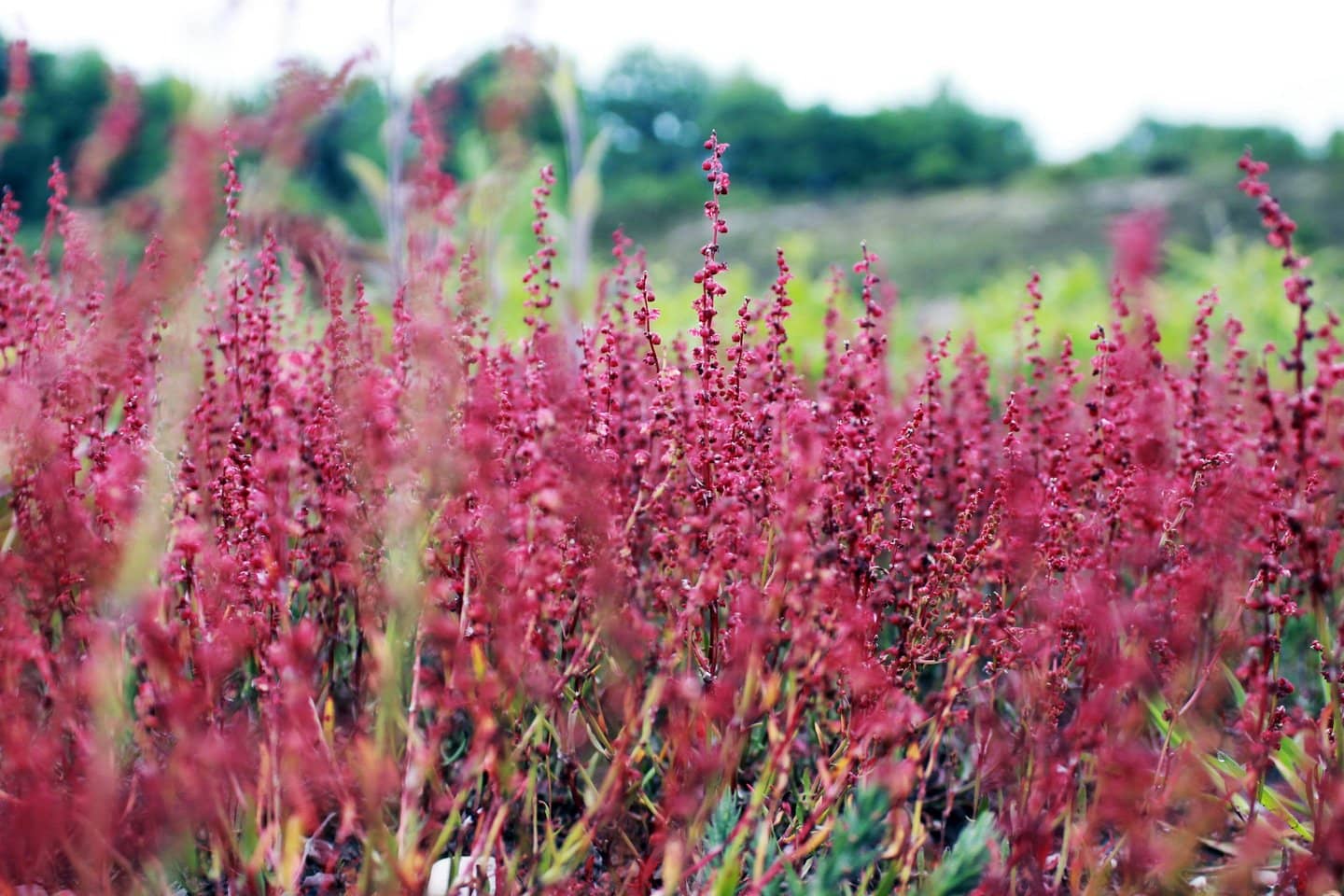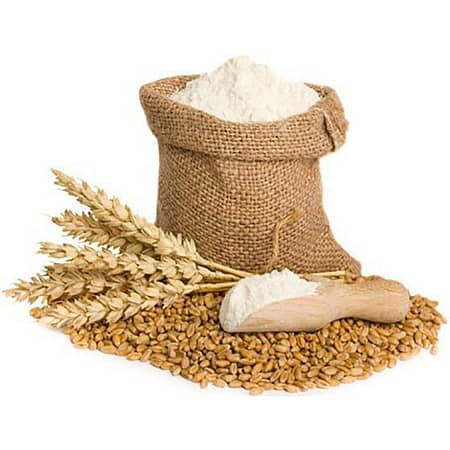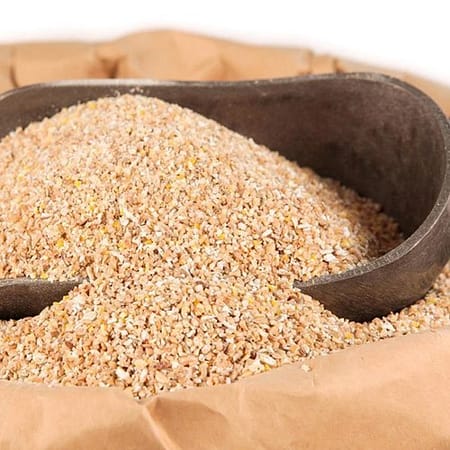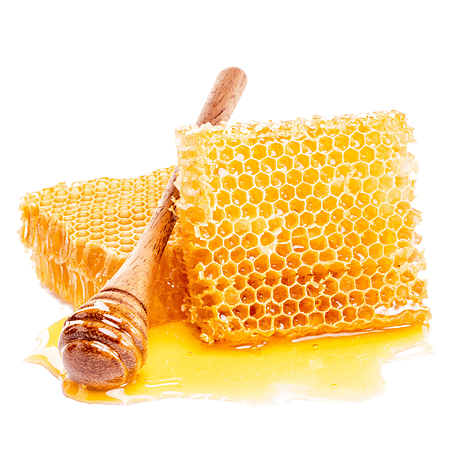Cover Crop
What is cover crop?
Unlike cash crops, which farmers cultivate for profit, cover crops such as legumes (cowpea, berseem, mustard etc.) and non-legumes (rye, wheat, oat, barley, sorghum, pearl millet, maize, fodder etc.) serve a distinct purpose.
The main objective of cover crops is soil improvement. They are sown in fields that would otherwise remain bare, such as during intercropping seasons, to shield the soil from erosion and nutrient depletion.
Additionally, cover crops play roles in weed suppression, pest and disease management, water retention enhancement, and fostering biodiversity on the farm. They can be likened to a living mulch, offering multifaceted benefits to agricultural ecosystems.

How does it work?
Whenever a farmer cultivates their cash crop, the plants absorb nutrients from the soil. Following the harvest, it’s essential to replenish these nutrients to ensure the subsequent crop’s productivity.
Specific cover crops possess the remarkable capability to “fix” nutrients, such as nitrogen, from the atmosphere and restore them to the soil. This characteristic renders them invaluable in sustaining and enhancing soil fertility without resorting to chemical inputs.
Uses on the farm
Cover crops play a vital role in organic no-till practices. They facilitate the restoration of nutrients to the soil and, when rolled by a roller-crimper, form a mulch that suppresses weeds.
Numerous cover crops serve dual purposes—they can be cultivated for either profit or to enhance soil fertility and manage weeds, depending on the farmer’s objectives. Examples include alfalfa, dhaincha, cow pea lentil, rye, mustard, oats, and buckwheat, among others.
Moreover, cover crops ensure that vegetation remains green and actively growing throughout the year, aiding farmers in carbon sequestration efforts to combat greenhouse gas emissions.

Why are they significant?
Conventional farmers depend on synthetic fertilizers and chemical herbicides to replenish soil nutrients and combat weeds. However, these methods come with unintended repercussions, such as water contamination, soil erosion, and the depletion of critical biodiversity, among others.
Given the prohibition of synthetic inputs in organic agriculture, organic farmers employ alternative approaches, including cover cropping, to attain comparable outcomes.













